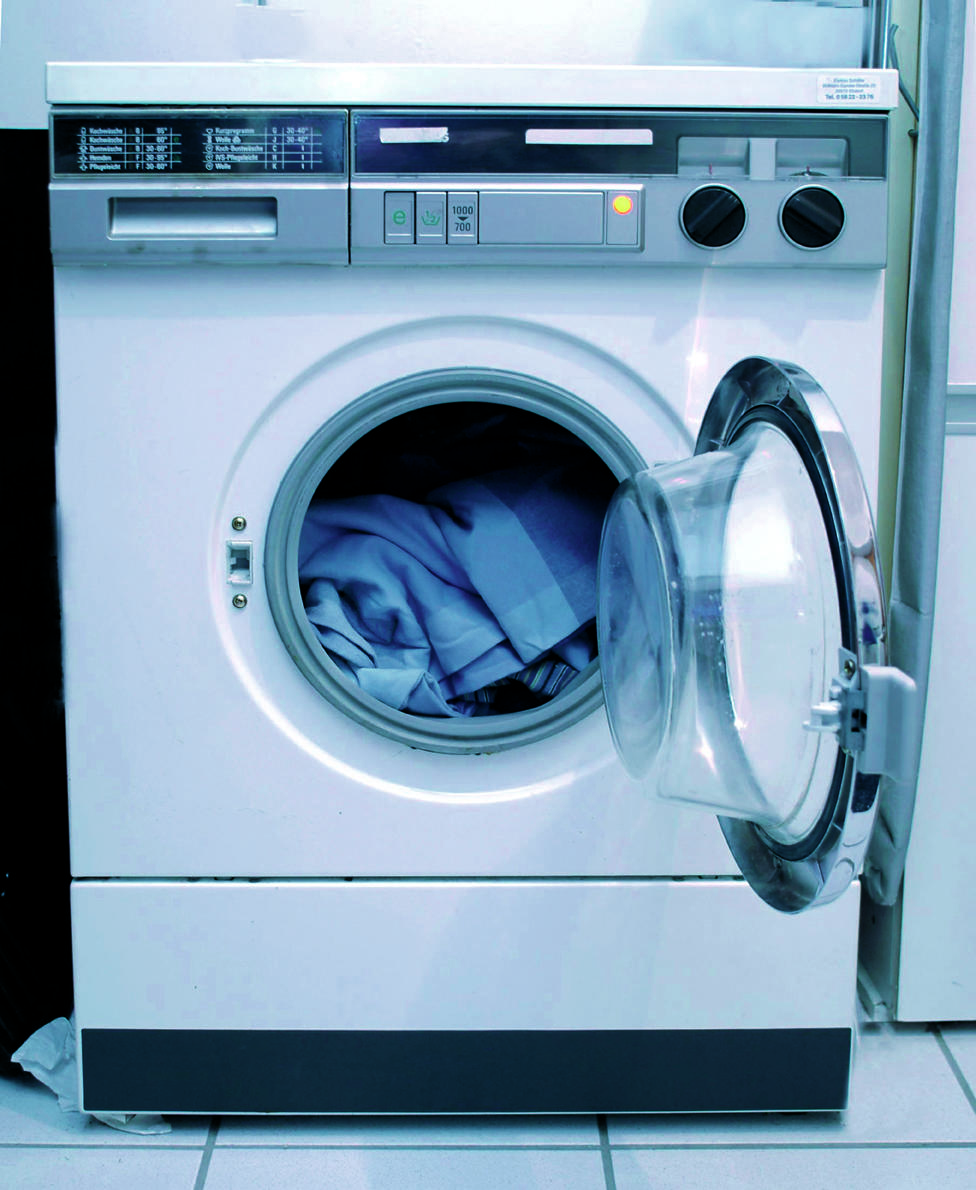A few years ago, I wore my new waterproof jacket in the rain for the first time. Such a beautiful thing the way water beads up on the surface as it should. It looks like water droplets beading up on the freshly waxed surface of a car. OK, so my jacket wasn’t exactly inexpensive so it better be able to do this.
‘Wetted out’, cold and clammy
Then, after a number of days of hard use outdoors for hikes in the foothills of the Bavarian Alps or taking my dog on long walks along the river , things weren’t looking so good: Water wasn’t beading up anymore and in some areas, the outer fabric totally “wetted out”, i.e. became soaked through with water. Honestly, it didn’t feel as good wearing the jacket in the rain since it was now cold and clammy feeling. The jacket felt overall heavier too, and I had the impression that the fabric simply wasn’t waterproof anymore. Well, that’s rubbish! After I decided to pay more to get a high-quality jacket and picked one that wasn’t exactly cheap either? “Oh well”, I thought, “I’ll just have to restore the water repellency”. No sooner said than done. Off to retailer Sport Schuster to buy a reproofing spray. Jacket washed, sprayed down, allowed to dry, and then tried out again. Now? Working just fine: Water is beading up on the surface again. Still, the feeling I had when wearing it was a bit different. The jacket just wasn’t going to be like brand new again. Admittedly, it was waterproof and not a single drop got into the jacket. But that whole thing with “feeling good on” was different. This horrible, cold, clammy feeling returned quickly. I just wasn’t happy and felt uncertain: Maybe I shouldn’t have washed the jacket? I certainly understood that a waterproofing treatment becomes less effective with time. This thin, invisible layer just covers the surface so it’s clear it wouldn’t last forever. But, I asked myself, shouldn’t the manufacturing folks do this differently? So I set out to find out more.

Time to investigate
In talking to users and to my colleagues, it became quickly clear to me that there were a lot of people wearing jackets like this who have had similar experiences: “It’s just never as good as new again”, was the feeling. So we started to investigate. What became clear to us first was this: In manufacturing a new outer shell, one had to use new, clean material. So is what I pull out of my washing machine in the form of a wet jacket actually clean? Yes, pretty much, but there is one big difference: It smells strongly of wash detergent. Modern washing machines are distinguished by their low water use. That leads, however, to detergent residues left in the fabric. Detergents, though, do the opposite of a reproofing treatment: They work as a wetting agent, attracting water. Thus, we must take care that any detergent residues are eliminated as much as possible after washing. Then, we wanted to know what exactly the brands are doing in making outer materials. Here, we found that the waterproofing agents are applied as liquids and then put through hot stove-like device. A heating process was necessary to achieve waterproofing. But I had never used a heating process in caring for my jacket. We also determined one more thing: In most of the used jackets and pants with poor water beading characteristics that we looked at, there was actually still plenty of waterproofing treatment on the surface. What can we surmise about this? What would happen when we put the pieces through the heating process one more time? This is what happened: Water beaded up again. Thus, in some pieces, the waterproof treatment had so greatly deteriorated that it had to be restored yet another time.
How to make it as good as new

The good thing about this knowledge was that I could easily try it on my own at home. I didn’t need a laboratory. It worked well and provided me with a few totally simple guidelines for care: Your piece is still clean, but water isn’t beading up anymore:
- Put the dry garment in the dryer for 20 minutes at a low temperature (60°C) or one dot (heating process)
Your piece needs washing:
- Wash the item at a warm temperature (40°C, two dots) with liquid detergent.
- Use two additional rinse cycles
- Spin on low (400)
- Allow to dry, preferably hung up on a line
- Put the dry garment in the dryer for 20 minutes at a low temperature (60°C) or one dot (heating process)
Water isn’t beading up anymore, not even after using a heating process:
- Wash the item at a warm temperature (40°C, two dots) with liquid detergent.
- Use two additional rinse cycles
- Spin on low (400)
- Allow to dry a little, preferably hung up on a line
- Apply a waterproofing treatment on the damp garment and allow it to dry on the line
- Put the dry garment in the dryer for 20 minutes at a low temperature (60°C) or one dot (heating process)
I can recommend to everyone to try this out one time. It’s really a lot of fun to see how the water beads up, how that nice feeling while wearing the item in the rain has returned, and how it feels as good as new. By the way, for a waterproofing treatment, I use Grangers XT because I’ve had good experience with it. For additional tips, visit our care instructions.





